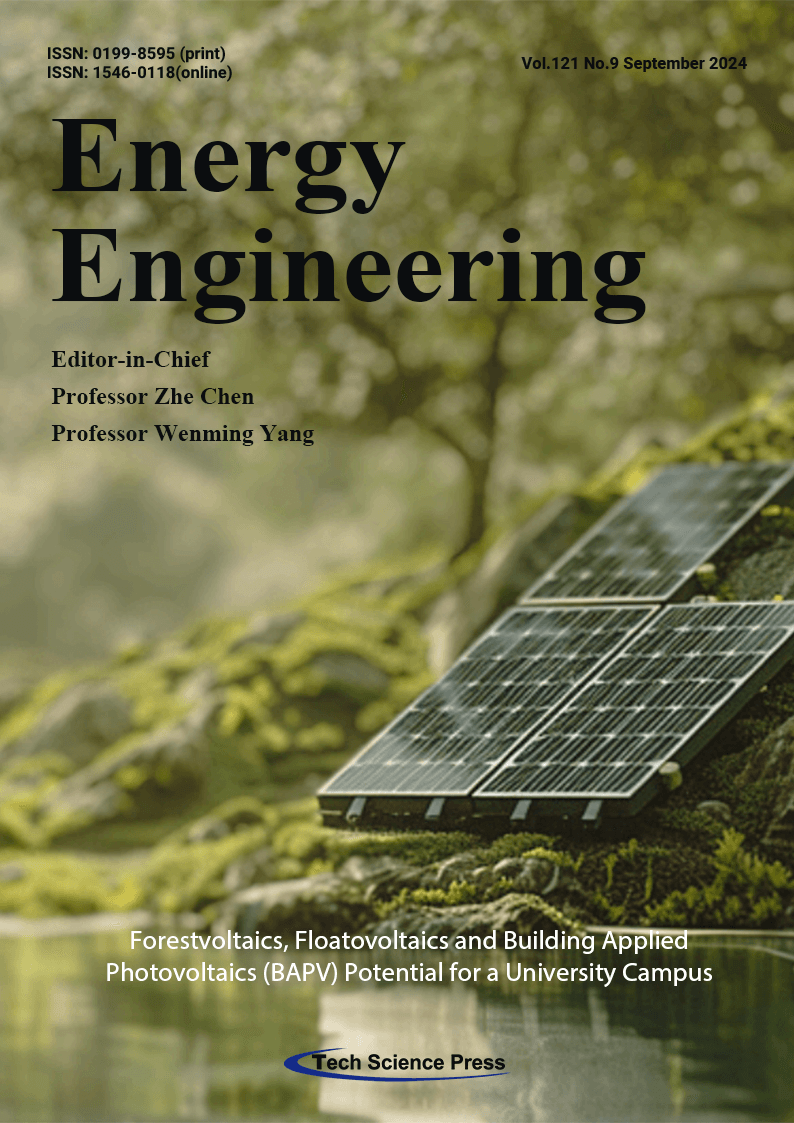
"Uncover How Forestvoltaics, Floatovoltaics, and Building Applied Photovoltaics (BAPV) Are Changing College Campuses Into Innovation Hubs for Green Energy and Sustainability: Shaping the Future of Sustainable Energy." Investigate Solar Technologies' Cutting-Edge Potential to Transform Campus Energy Systems and Pave the Way for a Better, More Sustainable Future."
On university campuses, we are investigating the cutting-edge possibilities of forestvoltaics, floatovoltaics, and building applied photovoltaics (BAPV) as innovative sustainable energy solutions that balance technology and the environment. This article explores how these cutting-edge photovoltaic systems are influencing campus energy, providing a model for green infrastructure, and accelerating the switch to renewable energy sources at educational institutions across the globe.
View this paper